Related Research Articles

Adriaen van de Velde, was a Dutch animal and landscape painter, son of Willem van de Velde the Elder and brother of Willem van de Velde the Younger, the marine painter.

Lucas Franchoys the Younger or Lucas Franchoys II was a Flemish Baroque painter from Mechelen, who painted numerous altarpieces and portraits in a style reminiscent of Anthony van Dyck.

A tronie is the name given to a type of work common in Dutch Golden Age painting and Flemish Baroque painting that depict an exaggerated facial expression or people in costume. These works were not intended as portraits but as studies of expression, type, physiognomy or an interesting character such as an old man or women, a young woman, the soldier, the shepherdess, the Oriental, or a person of a particular race, etc.

Saint Eleutherius of Tournai is venerated as a saint and considered the first bishop of Tournai. The Catholic Encyclopedia writes that "historically there is very little known about St. Eleutherius, but he was without doubt the first Bishop of Tournai."

Lancelot Blondeel, also Lanceloot, was a Flemish painter, designer of sculptures, tapestries and jewelry, architect, city planner, surveyor and cartographer who was active in Bruges.

Adriaen Coorte was a Dutch Golden Age painter of still lifes, who signed works between 1683 and 1707. He painted small and unpretentious still lifes in a style more typical of the first half of the century, and was "one of the last practitioners of this intimate category".
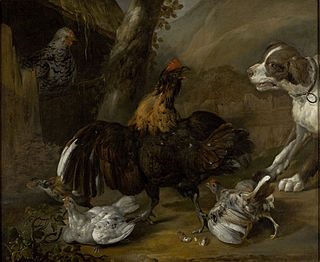
Adriaen, or Jan van Alen (1651–1698) was a painter from the Northern Netherlands. He was born as the son of the animal painter Jacob van Oolen in Amsterdam, with whom his works are sometimes confused. He became an imitator of Melchior Hondekoeter, and his pictures, like those of that master, represent fowls, landscapes, and still-life.
Peter Paul Benazech was an English engraver.

Adriaan Bloemaert was a Dutch painter.
Richard Brakenburgh or Brakenburg, was a Dutch Golden Age painter.
Jan van Bunnik (1654–1727) was a Dutch Golden Age landscape painter.
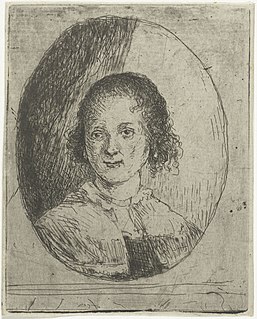
Christina Chalon was a Dutch artist.
Théobald Michau (1676–1765) was a conservative Walloon painter of landscapes, more famous in his own time than he is today.
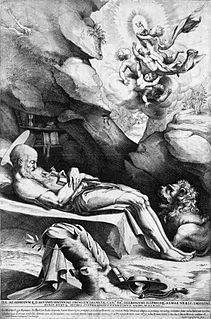
Luca Ciamberlano was an Italian painter and engraver of the Baroque period.
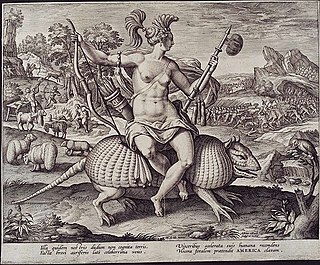
Adriaen Collaert was a Flemish designer and engraver.
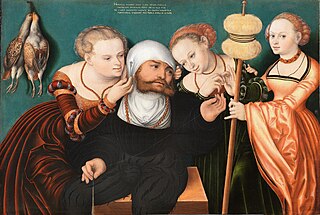
Hans Cranach, also known as Johann Lucas Cranach, was a German painter, the oldest son of Lucas Cranach the Elder. German art historian Johann Christian Schuchardt, who discovered his existence, credits him with an altar-piece at Weimar, signed with the monogram "H. C.", and dated 1537. He died at Bologna in 1537. Luther mentions his death in his Table Talk, and Johann Stigel, a contemporary poet, celebrates him as a painter.

Adriaen van Diest (1655–1704) was a Dutch painter, who worked in England.
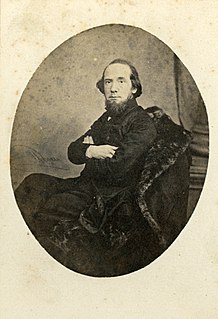
Adrianus Johannes Ehnle (1819-1863), a Dutch painter of historical and genre subjects, was born at the Hague in 1819, and studied under C. Kruseman. He died in 1863. Among his works are Cornelis de Witt at Dordrecht and The Reception of a Child at the Orphan House at Haarlem.
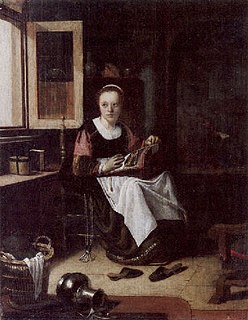
Adriaen van Gaesbeeck was a Dutch painter of genre subjects and portraits. His works, which are rare, are in the manner of Gerard Dou and Pieter van Slingeland. The Berlin Gallery possesses The Seamstress, and the Amsterdam Museum a portrait of a young man.
References
- ↑ Bazaar Exchange and Mart, and Journal of the Household (1877), Vol. 16, p. 412.
-
 This article incorporates text from a publication now in the public domain : Bryan, Michael (1886). "Adriaens, Lucas". In Graves, Robert Edmund (ed.). Bryan's Dictionary of Painters and Engravers (A–K). I (3rd ed.). London: George Bell & Sons.
This article incorporates text from a publication now in the public domain : Bryan, Michael (1886). "Adriaens, Lucas". In Graves, Robert Edmund (ed.). Bryan's Dictionary of Painters and Engravers (A–K). I (3rd ed.). London: George Bell & Sons.